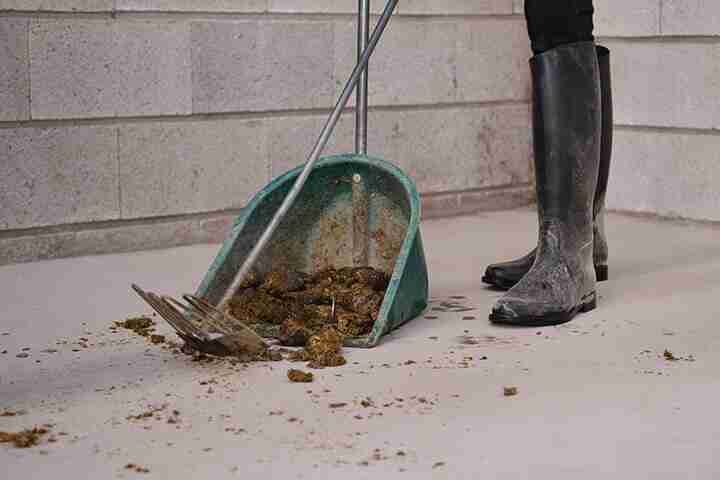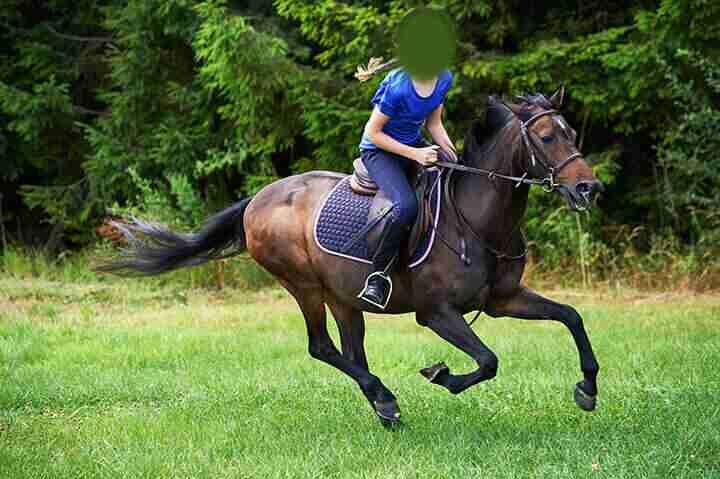Trimming horse hooves is an essential part of equine care, crucial for maintaining a horse’s health and mobility. Whether you’re a seasoned equestrian or a new horse owner, understanding the process can be incredibly beneficial. Here’s a comprehensive guide to trimming horse hooves in 10 structured steps, designed to help you understand the intricacies of the task.
Step 1: Understand Hoof Anatomy
Before attempting to trim your horse’s hooves, it’s vital to have a thorough understanding of hoof anatomy. This knowledge will guide you in making correct and safe trimming decisions.
Step 2: Assemble the Right Tools
Gather all necessary tools before beginning. You’ll need a hoof pick, hoof knife, nippers, rasp, and a hoof stand. Ensure they are clean, sharp, and in good working order.
Step 3: Prepare the Horse
Ensure your horse is comfortable and accustomed to having its feet handled. This preparation can prevent stress and injury during the trimming process.
Step 4: Clean the Hoof
Using the hoof pick and brush, remove all debris and dirt from the hoof. This step allows for a clear view of the areas that require attention.
Step 5: Assess the Hoof
Examine the hoof to determine how much needs to be trimmed. Look for overgrown areas, imbalances, and potential issues like cracks or thrush.
Step 6: Trim the Hoof Wall
Start with the hoof wall, using nippers to remove excess length. Be cautious not to trim too much, as this can cause discomfort or lameness.
Step 7: Address the Sole and Frog
Carefully trim the sole and the frog if necessary, avoiding over-trimming as these areas provide cushioning and protection for internal hoof structures.
Step 8: Shape with the Rasp
Use the rasp to smooth the edges of the hoof wall and create an even bearing surface. This step is crucial for maintaining balance and symmetry.
Step 9: Check for Balance and Symmetry
Continuously check the hoof from multiple angles to ensure it is balanced. An unbalanced hoof can lead to gait abnormalities and joint stress.
Step 10: Finish with a Final Inspection
After trimming, conduct a final inspection to ensure no sharp edges or imbalances remain. The hoof should appear symmetrical and well-shaped.
Importance of Regular Maintenance
Regular hoof maintenance prevents many common hoof problems. It’s recommended to trim hooves every 6-8 weeks, but this can vary based on the horse’s environment and activities.
When to Seek Professional Help
If you’re inexperienced in hoof trimming, it’s advisable to seek the assistance of a professional farrier. They possess the expertise to handle complex hoof issues and can provide guidance and education.
Conclusion
Hoof trimming is a skill that requires practice, patience, and a solid understanding of equine hoof health. By following these steps and recognizing when to call in a professional, you can ensure your horse remains healthy and happy on its feet.
For those interested in learning more about hoof care and trimming techniques, there are numerous resources and tutorials available online, such as detailed video guides and educational articles. Always prioritize your horse’s well-being and consult with a veterinarian or farrier if you have any concerns about hoof health. Remember, proper hoof care is a cornerstone of equine wellness.





